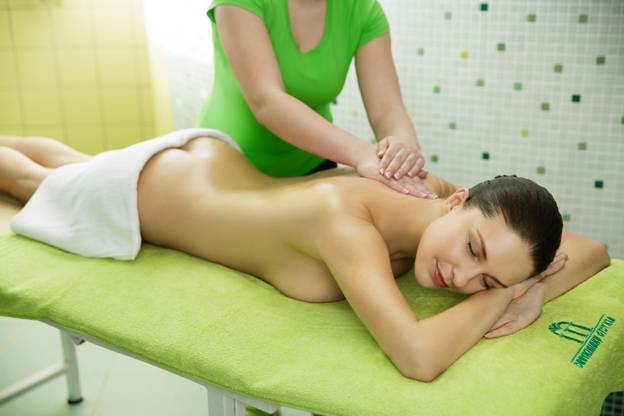According to the Lithuanian Tourism Office, the number of tourists from Scandinavia visiting Lithuania has been driven by the number of visitors seeking better value and more affordable wellness treatments and SPA breaks in various Lithuanian destinations, such as Druskininkai. The number of Scandinavian tourists now stands at 65,600 visiting Lithuania in the first semester of 2018 alone.
The figure represents a year-on-year increase of 1.39% on 2017, which saw the number of visitors from Finland, Sweden, Norway, and Denmark total reach a total of 64,700. Finns represent the biggest increase in Scandinavian tourism numbers to Lithuania so far with 17,900; Swedes with 17,300, and Danes with 14,700.
One of the most popular destinations for Scandinavian tourists in Lithuania, besides the capital Vilnius, are its famous SPA towns, the biggest of which is Druskininkai.
Surrounded by pine tree forests, and offering healing mud and mineral water treatments, Druskininkai is a Lithuanian town famous for its medical SPA and beauty procedures since the 18th century. Back then, artists and nobility used to come to Druskininkai to spend their summers, and doctors would prescribe healing mineral waters and clean forest air to their patients as way of treating asthma and other ailments.
During the Soviet-era, the newly built sanatoriums were attracting visitors from across the entire Soviet Union. Following the collapse of the USSR, Druskininkai has since reinvented itself as a wellness center famous for medical SPAs, wellness and beauty treatments and a vast choice of activities from bike paths in pine tree forests to year-round Snow Arena. It also gained international recognition amongst wellness-seeking tourists.
For Scandinavian visitors, there is a lot to enjoy in Druskininkai and a vast array of SPA centers/hotels to choose from – UPA, for example, is a modern, Scandinavian-style medical SPA that specialises in rehabilitative treatments for those with movement disorders, as well as 80 other different treatments including wellness programmes, and facial and body grooming services.
Medical SPA “Egles Sanatorija” is famous for its treatments that include black and white muds, plus other kinesitherapeutic, physiotherapeutic and psychotherapeutic treatments.
Druskininkų gydykla, or Health Center, follows the oldest traditions of the town. The first Health Center was established in 1838 and had 14 bathtubs, where patients were offered mineral water treatments. The modern Health Center now has 23 bathtubs meant for mud treatments, 18 mineral water bathtubs, plus mineral water pools and saunas.
Visitors looking for outdoor treatments are invited to spend time in the pine forests surrounding the town and/or enjoy ionised air therapy in the K. Dineika wellness park.
Whilst the bulk of activities in Druskininkai are aimed at wellness, it is not a resort exclusively for visitors on a health kick. Families can spend time in the town’s Aquapark, which is the largest waterpark in the region, bike in pine tree forests or enjoy the UNO adventure park, where they can zipline through the Nemunas river.
Those who appreciate culture will find a rich heritage in Druskininkai. Famous cubist sculptor and painter Jacques Lipchitz, as well as Lithuanian composer and painter Mikalojus Konstantinas Čiurlionis were both born in this town. At present, visitors can visit the Čiurlionis museum, while a museum about the life and times of Jacques Lipchitz is schedule to be open in the future.
With numbers of tourists visiting Druskininkai from across Scandinavia showing a generally positive trend, it is expected that the popularity of this much-loved SPA town will spread amongst wellness-seekers and SPA lovers from Northern and Western Europe.

























